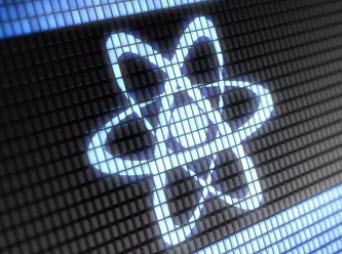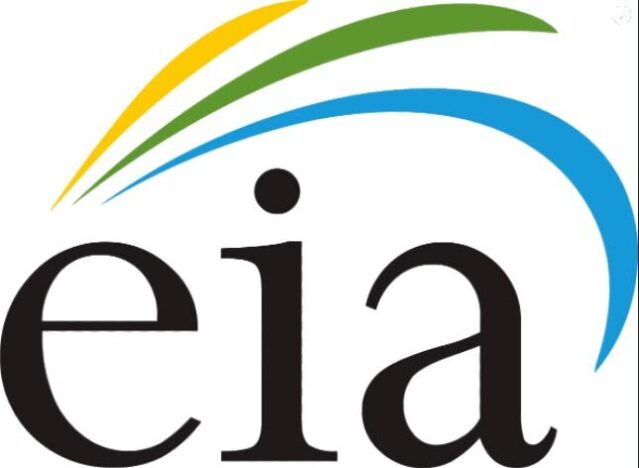
March 28 marked the 42nd anniversary of the accident at the Three Mile Island nuclear power plant in Pennsylvania and provides a good opportunity to explore the importance of nuclear energy in future efforts to stave off climate change.
Due to poor system design and human error, there was a partial meltdown at Three Mile Island that resulted in some radioactive material escaping. The accident bred fear and sowed distrust in nuclear technology among the public. The experience of the then-raging Cold War and nuclear weapons plus the Chernobyl disaster seven years later only further hurt nuclear power’s image in the eyes of the public.
While understandable, public fear and distrust of nuclear energy is unjustified.
According to the US Nuclear Regulation Commission, multiple comprehensive health studies have determined there were negligible health impacts on the environment and inhabitants surrounding Three Mile Island. Researchers, including the US NRC, government agencies, and third-party organizations, found no deaths that could be linked to the accident and that the approximately two million residents near the plant were exposed to an increase of just one millerem of radiation above normal levels. For comparison, an average chest X-ray exposes you to around six millerem of radiation.
Nuclear is our safest, cleanest and least land-intensive form of energy. According to Our World in Data, nuclear energy is 263 times safer than oil in terms of deaths from accidents and air pollution. Our World in Data also reports that nuclear power plants emit 25 percent fewer tonnes of greenhouse gases per gigawatt-hour of electricity produced than wind turbines and 40 percent fewer than solar panel farms. According to Environmental Progress, in France, where nuclear energy accounts for around 70 percent of energy production, nuclear power plants require 240 times less land than solar and 1,050 times less land than wind to produce an equivalent amount of power. Such land savings allow for more space left to nature through conservation and reforestation.
While wind and solar power will certainly be important parts of US energy production going forward, rolling blackouts in California over the past few years and Texas’ recent calamity demonstrate that there can be issues when the sun stops shining, the winds stop blowing and there are severe adverse weather events. Nuclear power plants provide the critical reliable energy option to bolster renewable energy sources. For example, during Texas’ recent energy disaster, nuclear plants continued to provide around 75 percent of their target at the peak of the crisis and were quick to recover and meet their targets as fossil fuels and renewables continued to lag behind. Nuclear power will be a key component in achieving a well-rounded, reliable and green energy portfolio for the United States.
You may be wondering, if all of this is true, then why haven’t we rapidly expanded our nuclear capacity?
While there was a decline in new nuclear plant construction in the early 1970s, the Three Mile Island incident served as a catalyst for anti-nuclear activists and politicians to push a bevy of new regulations. Research has found that these regulatory changes from the early 1970s to the early 1980s increased the required amount of steel to build a plant by 41 percent, the amount of concrete by 27 percent, the number of electrical cables by 36 percent and the amount of piping by 50 percent. These changes increased the construction costs and project completion times for new plants. Additionally, state and local regulators have provided unsteady guidance, contributing to cost overlays, increased investor risk and ballooning construction timelines for what are already complex, years-long projects. A more transparent and consistent regulatory environment that accounts for recent safety advancements in the nuclear energy field would reduce arbitrary costs and allow nuclear to be the green and economic solution it truly is.
The United States should also commit to supporting further nuclear research. Reactors currently function by harnessing the energy from nuclear fission, or the splitting of atoms. Researchers are getting closer to functioning nuclear fusion reactors, which would harness the energy of combining atoms. These reactors would use hydrogen, which is more abundant than the now used uranium while being less radioactive, less dangerous and resulting in less waste. The United States should continue to fund research and support companies exploring improvements to nuclear fission reactors and potentially revolutionary fusion reactors to help ensure a green future.
The Three Mile Island accident left the public skeptical of nuclear power. This year, humanity is working to overcome vaccine hesitancy to help end the coronavirus pandemic. Overcoming nuclear skepticism will be just as important to usher in a green future and inoculate against the worst consequences of climate change.



